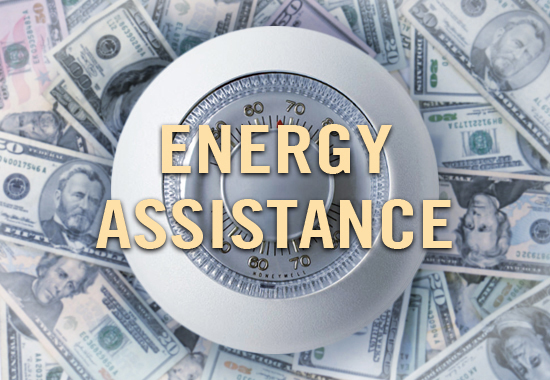Energy Conservation Techniques
- Kang siswa
- 2023 February 12T06:41
- Energy

Energy conservation is the practice of reducing the amount of energy used in various processes or activities without compromising their quality. Energy conservation is becoming increasingly important as we face the challenges of climate change and the depletion of natural resources. In this article, we will discuss some energy conservation techniques that can be used to reduce energy consumption in various sectors.
Energy Conservation Techniques
There are several energy conservation techniques that can be used to reduce energy consumption. These techniques can be applied in various sectors, including households, industries, and transportation.
Energy Conservation Techniques for Households
-
Switch to LED Light Bulbs - LED light bulbs are energy-efficient and consume less energy compared to traditional light bulbs. They last longer and provide the same amount of light, making them a cost-effective and energy-efficient option.
-
Install Programmable Thermostats - Programmable thermostats can be programmed to turn off heating or cooling systems when no one is at home. This can help reduce energy consumption and save on utility bills.
-
Use Energy-Efficient Appliances - Energy-efficient appliances use less energy and are more cost-effective in the long run. Look for appliances with the ENERGY STAR label, which indicates that they meet strict energy efficiency guidelines.
-
Turn Off Electronics When Not in Use - Electronics such as TVs, computers, and gaming consoles consume a lot of energy even when they are not in use. Turning them off when not in use can help reduce energy consumption.
-
Use Natural Light - Open curtains and blinds during the day to let in natural light. This can reduce the need for artificial lighting and help save energy.
Energy Conservation Techniques for Industries
-
Conduct Energy Audits - Energy audits can help identify areas where energy consumption can be reduced. This can help industries save money and reduce their carbon footprint.
-
Use Energy-Efficient Lighting - Energy-efficient lighting, such as LED lights and CFLs, can help reduce energy consumption in industries.
-
Optimize HVAC Systems - Heating, ventilation, and air conditioning (HVAC) systems consume a lot of energy. Optimizing these systems can help reduce energy consumption and save on utility bills.
-
Implement Recycling Programs - Recycling programs can help reduce the amount of waste generated by industries, which can reduce the energy needed to produce new materials.
-
Use Renewable Energy - Industries can use renewable energy sources such as solar, wind, and geothermal energy to reduce their carbon footprint and save on energy costs.
Energy Conservation Techniques for Transportation
-
Use Public Transportation - Public transportation is a more energy-efficient way to travel than driving alone. It can help reduce the carbon footprint of transportation and save on fuel costs.
-
Drive Efficiently - Driving efficiently, such as accelerating slowly and avoiding sudden stops, can help reduce fuel consumption and save on fuel costs.
-
Use Electric or Hybrid Vehicles - Electric and hybrid vehicles are more energy-efficient than traditional gasoline-powered vehicles. They produce fewer emissions and can help reduce the carbon footprint of transportation.
-
Carpool - Carpooling can help reduce the number of vehicles on the road, which can reduce traffic congestion and save on fuel costs.
-
Use Bicycles or Walk - Bicycles and walking are energy-efficient ways to travel short distances. They are also good for physical health and can help reduce the carbon footprint of transportation.
Conclusion Energy Conservation Techniques
Energy conservation techniques are important for reducing energy consumption and saving on energy costs. These techniques can be applied in households, industries, and transportation. By implementing these techniques, we can reduce our carbon footprint and contribute to a sustainable future.
Read more:
- A Comprehensive Guide To Energy Assistance Application
- Energy Conservation Techniques
- Going Green A Step By Step Guide To Switching To Solar Energy At Home
- Powering Your Home On A Budget Top Affordable Solar Energy Options For Homeowners
- Understanding Solar Energy And Getting Started With Solar Energy
- What Is Geothermal Energy And Advantages Of Geothermal Energy